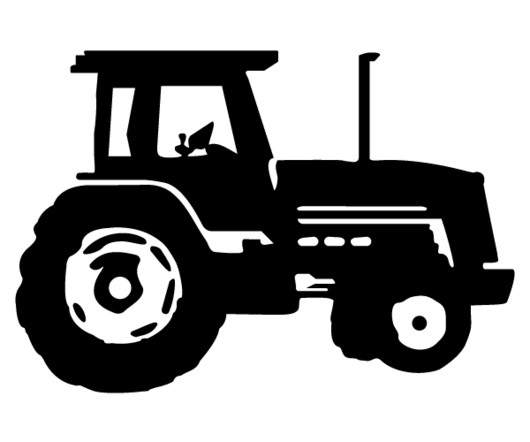Are Next-Gen Synthetic Fibers the Future of Sustainable Textiles?
Modern Farmer
MARCH 1, 2024
Textiles are a major source of microplastics in the ocean, where they weave their way into the food chain, causing untold harms to marine life. There is nowhere near enough fiber recycling infrastructure in the US, where 85 percent of used clothes and other textiles get sent to the landfill.











Let's personalize your content